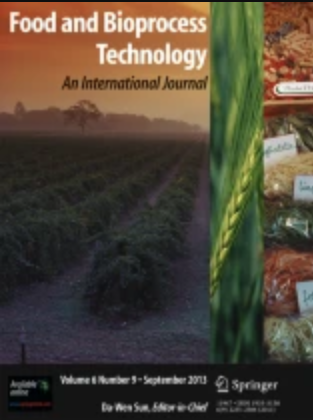Investigation of Soy Protein Isolate-Konjac Glucomannan Sodium Salt Hydrogel: Molecular Docking, Microstructure, Rheological Properties, and 3D Printing Characteristics
Abstract
This study investigated the gel properties, structural characteristics, and NaCl loading capacity of hydrogels formed by the interaction between soybean protein isolate (SPI) and konjac glucomannan (KGM). Molecular docking analyses revealed that the interaction between SPI and KGM primarily involved hydrogen bonding. With the increase in KGM content, the network structure was denser and more stable, resulting in hydrogels with stronger thermal stability and better mechanical properties. As the KGM addition to the hydrogel increased to 3%, the gel strength increased by 4.37 times and the water holding capacity increased by 15.69%. Fluorescence inversion microscopy showed that the SPI-KGM hydrogel effectively loaded Na+ salts. Increasing KGM content from 2 to 3% led to a 22.19% increase in Na+ loading rate and a 34.50% increase in release capacity. Furthermore, water holding capacity and gel strength improved by 22.62% and 4.37 times, respectively. The SPI-KGM hydrogel also demonstrated good 3D printing capabilities. This study explores the potential of sodium-loaded hydrogel as a polymer for enhancing Na+ distribution and facilitating Na+ release in low-salt food matrices.
Graphical Abstract

 求助内容:
求助内容: 应助结果提醒方式:
应助结果提醒方式:


